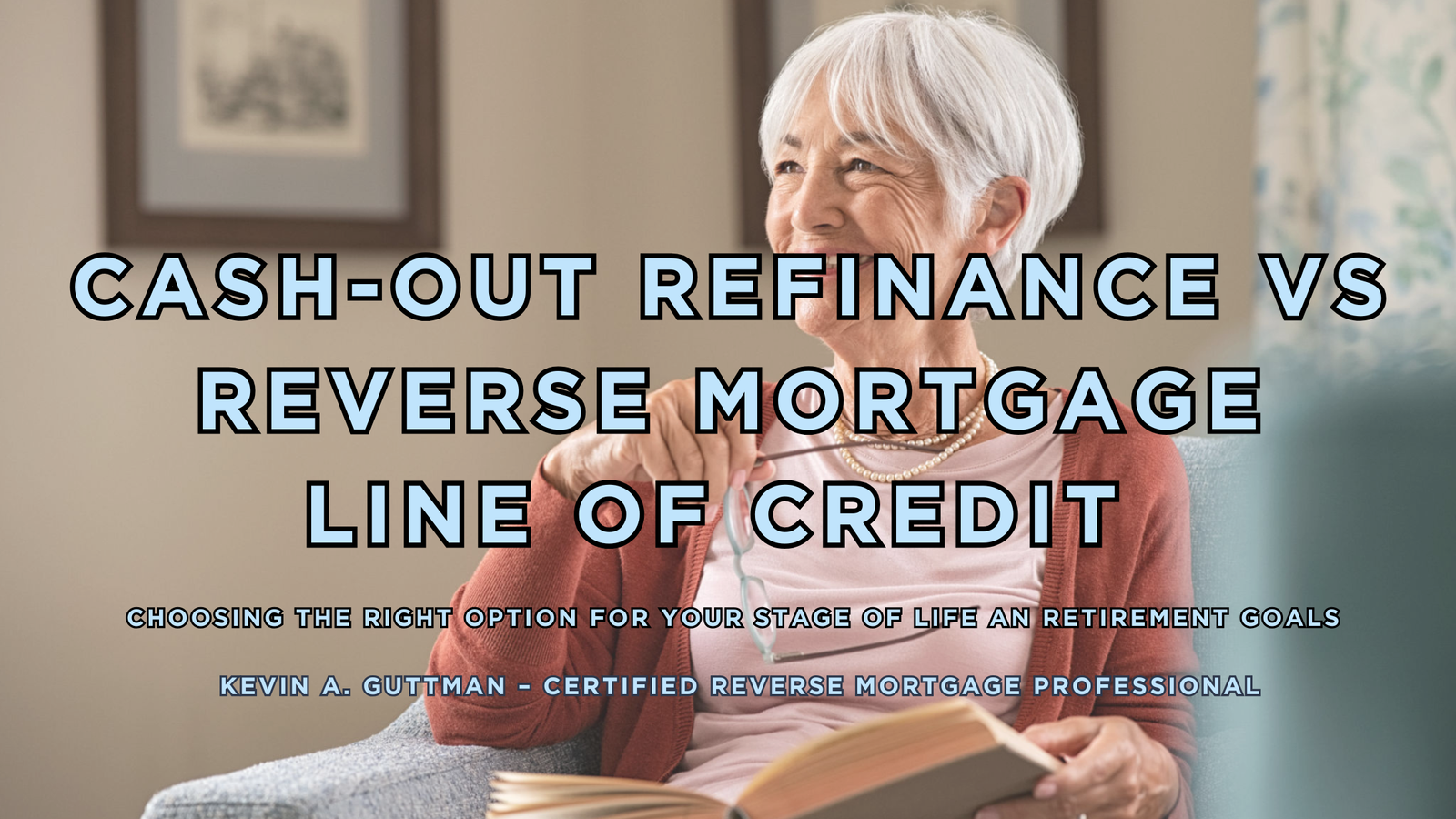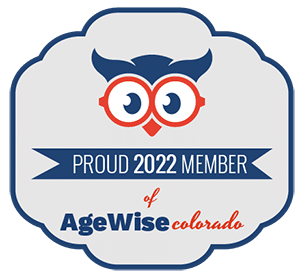Life has its surprises. Roofs leak, medical bills arrive, grandkids get married, and cars break down. If you own a home, your equity is one of the biggest financial assets you have. The question is how and when to use it.
When you’re still working, options like a cash-out refinance or a home equity line of credit (HELOC) may be the right fit. Once you retire, however, those tools often create challenges. That’s where a reverse mortgage line of credit can step in as a retirement-friendly option.
While Working: Cash-Out Refinance or HELOC
During your working years, lenders focus on your income, job stability, and credit score. This makes qualifying for a traditional mortgage product more straightforward.
A cash-out refinance replaces your current mortgage with a larger one, and you receive the difference in cash. Payments begin right away. A HELOC works more like a credit card secured by your home. You draw funds as needed, pay interest only on what you use, and make monthly payments.
These tools can be very useful when you’re employed. They allow you to qualify based on income, take advantage of lower interest rates compared to personal loans, and access funds flexibly for big expenses. The drawback comes as you near retirement—monthly payments are still required, interest rates on HELOCs can rise, and qualifying without steady income becomes more difficult.
During Retirement: Reverse Mortgage Line of Credit
Retirement changes the financial equation. You may have significant equity but less income, which makes it harder to qualify for traditional loans. A reverse mortgage line of credit is designed specifically for homeowners age 62 and older.
Instead of relying on income, you borrow against your home’s equity. No monthly mortgage payments are required as long as you keep up with taxes, insurance, and home maintenance. The unused portion of the line of credit even grows over time, giving you more access later.
For retirees, this provides flexibility, peace of mind, and protection against inflation. The funds cannot be frozen or reduced by the lender as long as you meet the loan terms. This makes it a stable resource for covering unexpected expenses, healthcare costs, or supplementing retirement income.
The Bottom Line
Both strategies have their place depending on the stage of life. Cash-out refinances and HELOCs make sense while working because income makes it easy to qualify and handle payments. In retirement, a reverse mortgage line of credit offers the advantage of no required monthly payments, flexible access to funds, and the security of knowing your home equity can support you when you need it most.
Your home is more than just a place to live—it can also be a powerful financial tool. The key is choosing the right strategy for the right season of life.
Working with a trusted professional like Kevin Guttman, CRMP, ensures you’re fully informed. Kevin follows strict ethical standards and makes sure you understand all of your options before making any decisions.
At ReverseMortgageRevolution.com, you’ll find helpful tools like:
- Phone: (719) 302-5820
- Website: Reverse Mortgage Revolution
- Reverse Mortgage Quick Quiz
- Home Equity Quick Quiz
Final Thought
A reverse mortgage can be a safe, flexible, and empowering solution — when it’s the right fit. Whether you want to reduce financial stress, eliminate payments, or simply enjoy more comfort in retirement, understanding how a reverse mortgage works is the first step.
Have questions? Kevin Guttman is here to help. As a Certified Reverse Mortgage Professional licensed in 18 states HI, WA, OR, CA, ID, UT, AZ, CO, NM, KS, OK, TX, TN, AL, FL, MI, OH, and PA. Get in touch today for a free quote in minutes. Kevin offers clarity, transparency, and personalized advice you can count on.




















